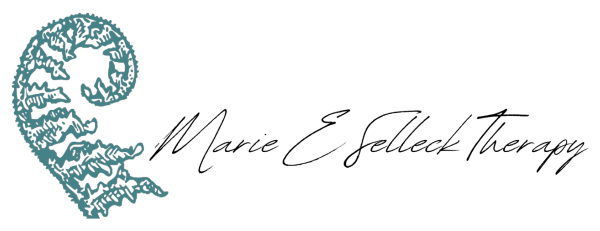How Trauma Can Lead to Codependency
Trauma shapes us in ways we don't always see. When bad things happen, especially when we're young, our brains learn ways to stay safe. Sometimes these ways of coping turn into patterns that don't serve us well later in life. One such pattern is codependency.
What Is Codependency?
Codependency happens when a person consistently puts others' needs before their own. This can also be labeled as “people pleasing.” They measure their worth by how much they can help, fix, and please the people around them. Their sense of self becomes deeply tied to being needed.
Think of it like this: If you only feel good when you're solving someone else's problems, you may be codependent
How Trauma Creates Codependency
When trauma occurs, especially during childhood, it fundamentally changes how we view relationships. Here's how this often leads to codependency:
1. Learning to Put Others First as Survival
Children who grow up with unpredictable caregivers often learn that keeping the peace means putting their needs last. A child with an angry parent might learn to read every mood change and rush to help before being asked. This hypervigilance—reading others and prioritizing their needs—becomes a survival strategy.
As adults, these children continue the pattern. They've learned that safety comes from taking care of others, not themselves.
2. Confusing Love With Caretaking
In homes where love is entangled with control, children learn that loving means taking over someone else's problems. They rarely experience healthy love that respects boundaries.
Children who had to parent their own parents—perhaps due to addiction, mental health struggles, or other family dysfunction—grow up believing that's what relationships should be. They unconsciously seek out people who need "fixing" because that dynamic feels like love to them.
3. Fear of Abandonment & Fear of Rejection
Trauma often brings loss or the threat of loss. When this happens early in life, a person might do anything to prevent being left alone.
This fear can drive someone to tolerate bad treatment, ignore their own needs, and work overtime to keep others happy—all signs of codependency.
4. Shame and Low Self-Worth
Trauma, especially abuse or neglect, plants a deep belief that you're not enough on your own. Many trauma survivors carry shame that doesn't belong to them.
This shame creates a hunger for external validation. Being needed becomes proof of worth. Helping others becomes the only way to feel valuable.
“Co-dependency is using a relationship to fill a void due to not feeling whole and loved.
It’s not the need to be loved that’s the issue, it’s the inability to love one’s self that causes the dysfunction.”
-Graham R White
Breaking Free From Codependency
The good news? You can heal from both trauma and codependency. Here's how to start:
Recognize the pattern. Notice when you're putting others' needs before your essential needs. Ask yourself: "Would I treat someone I love the way I'm treating myself right now?"
Set boundaries. Start small. Say no to one thing this week that doesn't serve you. Notice how it feels in your body.
Feel your feelings. Codependency often means suppressing your emotions to handle others'. Practice sitting in your feelings without judgment.
Build self-worth from within. List five qualities you value about yourself that have nothing to do with helping others.
Seek professional trauma therapy. Trauma and codependency are difficult to tackle alone. Reach out to Marie E Selleck Therapy and receive specialized trauma therapy to help understand these connections and unlearn what has been unhelpful.
It's Not Your Fault, But It Is Your Journey
If you recognize codependent patterns in yourself, remember: these were survival skills. They helped you endure something difficult. You're not broken—you're adaptable.
But now that you're safe, you can learn new ways to connect with others that don't cost you your sense of self.
Healing happens when you redirect some of that incredible care you give to others back toward yourself. You deserve the same compassion you so freely give away.
The path from trauma to healthy relationships isn't quick or straight. It takes time to unlearn the lessons trauma taught. But with each small step toward valuing yourself, you create space for relationships built on mutual respect rather than need.
You can break this cycle. And when you do, you don't just heal yourself—you help stop trauma patterns from spreading to the next generation.
That's strength. That's courage. And it starts with seeing yourself as worthy of the same care you give others and reaching out for specialize trauma therapy.


